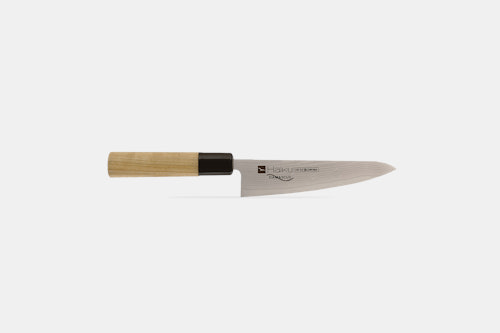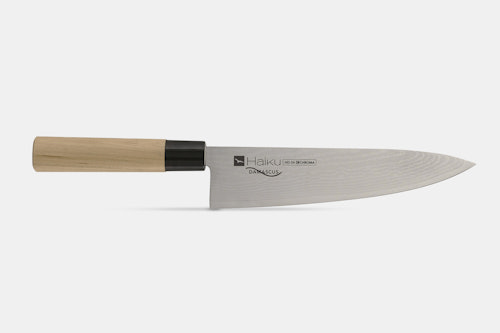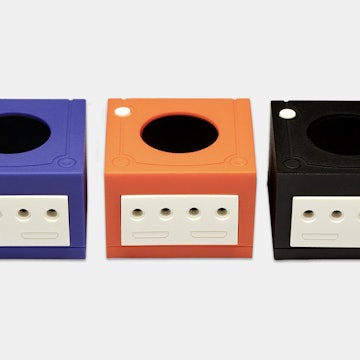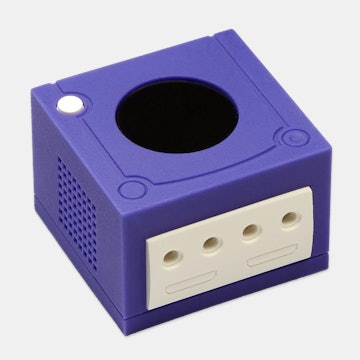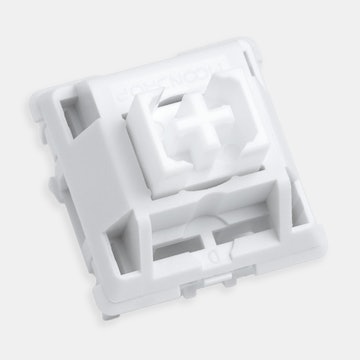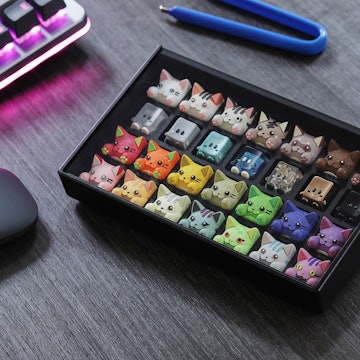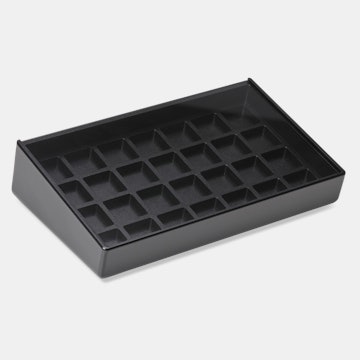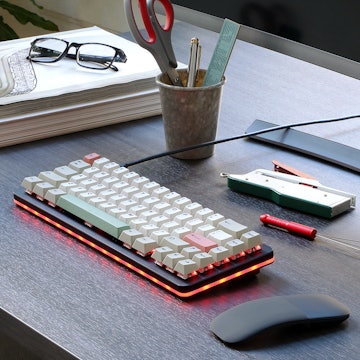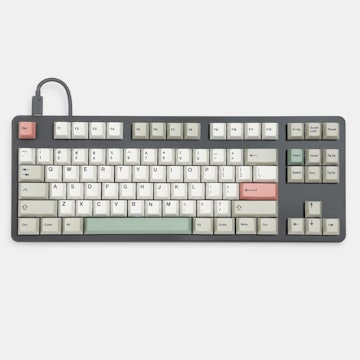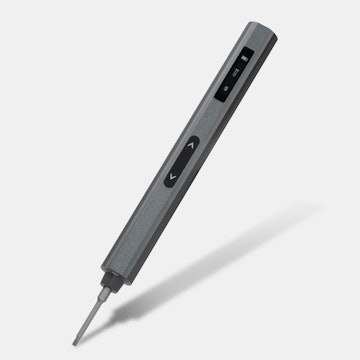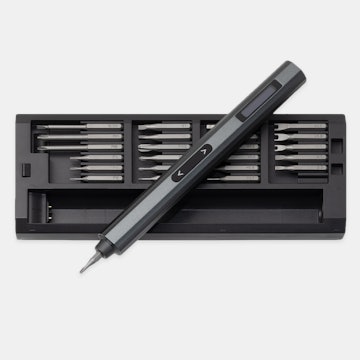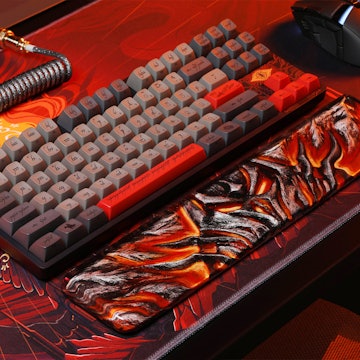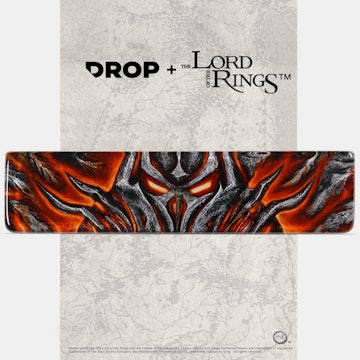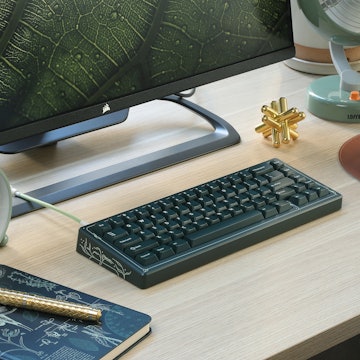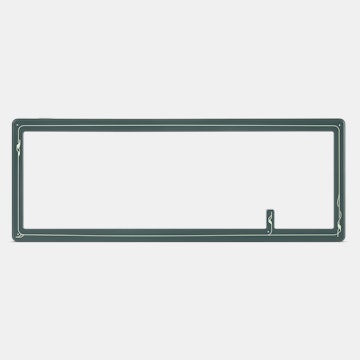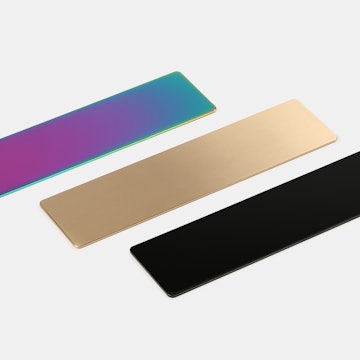Click to view our Accessibility Statement or contact us with accessibility-related questions











Haiku Damascus Knives
Haiku Damascus Knives
bookmark_border
Where's the price?
To negotiate the best possible price for our customers, we agree to hide prices prior to logging in.
136 requests
Product Description
The story of damascus steel dates back more than 2,000 years. Believed to have originated in India, it’s made by folding many layers of steel together Read More

search
close
Sort by: Newest
keyboard_arrow_down
jamesrovira
3
Jun 5, 2018
Man, this discussion is great, but a bit technical for newbies to knife speak. Anyone have a link to a good intro to knife construction and vocab?

Kavik
5531
Feb 2, 2019
I know this is an old post, and you nailed a lot of good points 👍
I just wanted to add one more bit of info:
Cladding CAN be used to protect carbon steel to make it easier to care for... But another common use for it is just to protect a thinner piece of high hardness, more expensive steel that would be rather brittle on its own.
That's why you'll still see combos of stainless over stainless, or softer steel/iron over carbon steel.
I've had a couple where the cladding was actually MORE reactive than the core steel in no-stainless knives
dschiedler
20
Feb 23, 2018
Can we get a choil shot to that we have a better idea of the grind on these?

Kavik
5531
Jan 14, 2018
It is definitely Damascus over a vg10 core. Obvious in the pics and with a little digging on the manufacturers site : http://www.chroma-cutlery.com/haiku-damascus
The rest is all marketing BS
I don't personally know anything about these particular knives, but based on the examples they chose to use for their product images I wouldn't even think about buying one
The "chef knife" is tiny!! The profile is one big curve, no flat in the belly for decent board contact (Rock chop only? No push cut, straight chop, etc) Same goes for the profile of the "utility knife". Not as important in the smaller knife, but still, shouldn't curve in at the heel
And take a close look at the photo of the chef knife. Up near the tip the Damascus cladding almost reaches the very edge of the blade. So one of two things: a) either their core steel isn't a consistent thickness, is paper thin up towards the tip, and you'll eventually be left with nothing but cladding at the cutting edge there (cheaper, softer steel. ie: Bad) -or- b) their grind profiles are crap, and the knife suddenly gets much thicker where it really should be tapering to a thinner overall tip (hard to describe if you don't know what i mean, but if the core is a consistent thickness and the knife has a proper distal taper, the distance between the Damascus and the edge should be relatively consistant or moving up slightly towards the spine as the tip gets thinner, not down towards the blade) My money's on B
If you want Damascus and vg10 here's my recommendation: http://www.metalmaster-ww.com/product-list/5
I have the 240mm (~9.5") gyuto in Damascus clad vg10 and it's an amazing knife, that didn't cost me much more than this 5.75" chef knife here (seriously, <6" chef knife? Wtf? Lol)
But if you want something a little smaller and a better deal, his 190mm (~7.5") is only $70 +shipping
Keep in mind though, at these prices you're buying direct from a maker in Japan. The money is in the blade, the handle will be functional but maybe not 100% perfect. And the choil and spine may need a bit of easing with some sandpaper. But it's common for Japanese knife makers to expect customers will do the final fit and finish themselves, many times up to and including putting their own handles on. If you want perfect fit and finish from the craftsman from the tip of the knife to the bottom of the handle, expect to pay 4-5 times his prices
Anyway, that's my recommendation. Sorry for the long rant, don't know why i go on so long sometimes lol
I don't personally know anything about these particular knives, but based on the examples they chose to use for their product images I wouldn't even think about buying one
The "chef knife" is tiny!! The profile is one big curve, no flat in the belly for decent board contact (Rock chop only? No push cut, straight chop, etc) Same goes for the profile of the "utility knife". Not as important in the smaller knife, but still, shouldn't curve in at the heel
And take a close look at the photo of the chef knife. Up near the tip the Damascus cladding almost reaches the very edge of the blade. So one of two things: a) either their core steel isn't a consistent thickness, is paper thin up towards the tip, and you'll eventually be left with nothing but cladding at the cutting edge there (cheaper, softer steel. ie: Bad) -or- b) their grind profiles are crap, and the knife suddenly gets much thicker where it really should be tapering to a thinner overall tip (hard to describe if you don't know what i mean, but if the core is a consistent thickness and the knife has a proper distal taper, the distance between the Damascus and the edge should be relatively consistant or moving up slightly towards the spine as the tip gets thinner, not down towards the blade) My money's on B
If you want Damascus and vg10 here's my recommendation: http://www.metalmaster-ww.com/product-list/5
I have the 240mm (~9.5") gyuto in Damascus clad vg10 and it's an amazing knife, that didn't cost me much more than this 5.75" chef knife here (seriously, <6" chef knife? Wtf? Lol)
But if you want something a little smaller and a better deal, his 190mm (~7.5") is only $70 +shipping
Keep in mind though, at these prices you're buying direct from a maker in Japan. The money is in the blade, the handle will be functional but maybe not 100% perfect. And the choil and spine may need a bit of easing with some sandpaper. But it's common for Japanese knife makers to expect customers will do the final fit and finish themselves, many times up to and including putting their own handles on. If you want perfect fit and finish from the craftsman from the tip of the knife to the bottom of the handle, expect to pay 4-5 times his prices
Anyway, that's my recommendation. Sorry for the long rant, don't know why i go on so long sometimes lol
Experimental
10
Feb 5, 2019
KavikGreat points made here. I would not endorse this knife at this cost. One small note, I feel that the 6inch chef's knife is actually a Honesuki, or Japanese poultry butchering knife. I love my Honesuki for that usage and alongside my petty knife and 10inch Chef's I can accomplish 95% of what I need to do in a kitchen. It is actually a pretty useful knife shape. Maybe they didn't think we would know what one was and renamed it for sales.
https://www.chefknivestogo.com/honesuki.html

Kavik
5531
Feb 5, 2019
ExperimentalHard to say, even the manufacturer did barely lists any useful details.
Can't say for sure if it's a single bevel with just one pic from one angle, but if i were a betting man, I'd wager it's really just a small, double bevel, general purpose knife.... A teeny chef, or a wide petty

Jaggi
737
Jan 13, 2018
"These kitchen knives are crafted from 33-layers of VG-10 damascus"
More likely they have 33 layer 'damascus' cladding over a vg-10 core.
"Because each layer wears at a different rate, it causes a micro serration that’s sharp and long-lasting."
I've yet to see a knife where layered 'damascus' steel forms the edge (and for good reason). This claim is probably nonsense.
"Featuring a strong full-tang construction"
I doubt it, they have traditional Japanese handles and so probably traditional Japanese rat-tail tangs.
Anyway...
For anyone in the US, you can find some of these knives at lower prices here:
https://www.staples.com/Chroma+Haiku+Damascus/directory_Chroma%2520Haiku%2520Damascus
PS. You may need to run the above search again to get it to work properly.
More likely they have 33 layer 'damascus' cladding over a vg-10 core.
"Because each layer wears at a different rate, it causes a micro serration that’s sharp and long-lasting."
I've yet to see a knife where layered 'damascus' steel forms the edge (and for good reason). This claim is probably nonsense.
"Featuring a strong full-tang construction"
I doubt it, they have traditional Japanese handles and so probably traditional Japanese rat-tail tangs.
Anyway...
For anyone in the US, you can find some of these knives at lower prices here:
https://www.staples.com/Chroma+Haiku+Damascus/directory_Chroma%2520Haiku%2520Damascus
PS. You may need to run the above search again to get it to work properly.

Jaggi
737
Jan 14, 2018
By the way, I still think these particular knives are likely to have a mono-steel core of vg-10. This is what Chroma says about them: "Sumikama provides CHROMA in Japan with unbelievably sharp blades made from 32 layer Damascus an VG-10 core steel with a hardness of HRC 59-60°."
http://www.chroma-cutlery.com/haiku-damascus
http://www.chroma-cutlery.com/haiku-damascus

FriedShoe
188
Jan 14, 2018
The steels used in a damascus billet could easily have no discernible differences, though I have no idea how commonly this is considered. You could for example make a billet out of 1095 and 15N20 which are both excellent steels alone and while the resulting billet will have different wear rates between the two steels, you'd be hard pressed to find a home cook that notices.
I'm just surprised Staples sells kitchen knives...
Mono-steel core is what I was referring to as san mai. This is the traditional Japanese technique of sandwiching high quality steel one either side with cheaper steel.
I'm just surprised Staples sells kitchen knives...
Mono-steel core is what I was referring to as san mai. This is the traditional Japanese technique of sandwiching high quality steel one either side with cheaper steel.
xilvar
50
Jan 12, 2018
Say, I can’t quite tell what material the ferrule (the black collar piece) of this knife is made of. Is it horn or plastic? I wouldn’t want to pay this much for a plastic ferrule knife I don’t think.

FriedShoe
188
Jan 14, 2018
xilvarDefinitely plastic. Anytime you can see a visible step down from the handle to ferrule, it's plastic. Buffalo horn is virtually always flush.
Recent Activity
